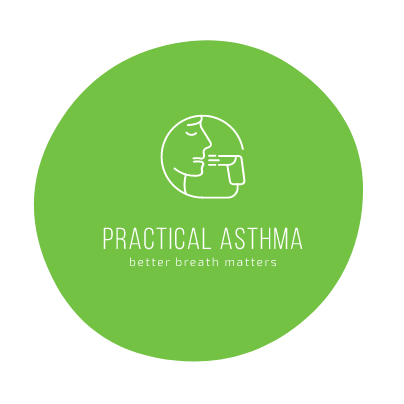Do you suffer from sudden respiratory distress? Shortness of breath with no apparent cause? Have you ever had difficulty breathing with minimal physical exertion, for example, when carrying full shopping bags or climbing stairs? If so, consult your doctor to find out if your shortness of breath could be due to an allergy.
Don’t know why you’re having trouble breathing?
If you suffer from shortness of breath, your first thought is probably lung disease. Cardiovascular disease could also be the cause. But whether it is a disease of the cardiovascular system or airways or an allergy: An early diagnosis is a prerequisite for effective treatment of your illness. At the latest, when your symptoms suggest asthma because of their intensity, you should have your suspicions clarified by your doctor and, if necessary, have the allergy diagnosis checked.
By the way, allergic asthma can also cause dyspnoea – the so-called air hunger. In this case, you feel you are not getting enough air when breathing.
Typical allergy disorders
If you suffer from an allergy, you can usually notice other typical allergy symptoms in addition to breathing problems, such as
- The common cold
- sneezing or coughing
- a sore throat
- watery or burning eyes
- itching
- redness of the skin
Allergies typically manifest as disorders in certain seasons, rooms, or situations. Breathing problems may already be the first signs of allergic asthma. They indicate at least a relatively high involvement of the airways. With appropriate treatment, the allergy symptoms can be reduced. However, if left untreated, they will gradually worsen. You should therefore make an appointment with your doctor as soon as possible, mainly if your allergy affects the respiratory organs. Because then it can get worse and develop in the long term: into allergic asthma – including dyspnoea, i.e., difficulty breathing, which can be very worrying.
Early diagnosis for effective treatment
Do you suspect that an allergy may cause your breathing problems? Then you should consult a doctor specializing in this area as soon as possible. The allergist will first take an anamnesis. For example, they will ask you about your previous symptoms and the circumstances in which your breathing problems arose. If he or she also suspects an allergy, your doctor will usually carry out an allergy test. This is the only way for your doctor to check whether your breathing difficulties, shortness of breath, or other symptoms are caused by an allergy. The allergy test can usually identify the allergen involved. One of the most common allergy tests is the ‘prick test,’ in which different allergens in the form of droplets are introduced directly into the skin through a small prick. If reactions such as redness, bumps, or itching appear in these areas, this indicates sensitization to the substance in question. If an allergy has been detected in you, you have several options:
- Avoid contact with the triggering allergens
- alleviate the symptoms with medication
- treat the cause of the allergy
Hyposensitisation allows the immune system to tolerate the triggering allergens so that allergic reactions are less severe or non-existent.
Dyspnoea: what you can do
If you suffer from dyspnoea, it is urgent to seek medical advice. However, some general tips can provide short-term relief from shortness of breath or breathlessness.
- Keep calm! Even if it is difficult, it is by remaining calm and breathing consciously that breathing becomes normal most quickly.
- Get some fresh air. If you are indoors, go outside. The air is richer in oxygen outside.
- Get into the so-called coachman’s position: sit down. Rest your elbows on your thighs, and make sure you take a deep, calm breath. This makes it easier to breathe.

